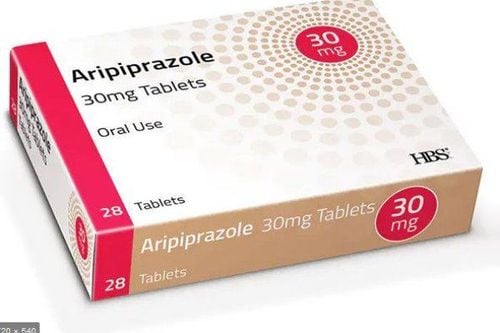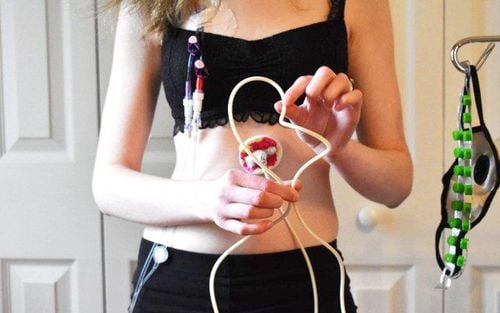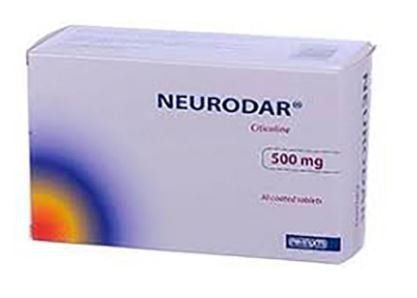This is an automatically translated article.
The article is professionally consulted by Master, Doctor Nguyen Le Thao Tram - Radiologist - Radiology Department - Vinmec Nha Trang International General Hospital.A jejunostomy is a technique indicated in cases where the patient cannot eat or drink by mouth. Usually, diseases related to nerves and brain are the main cause of this condition, forcing the doctor to perform percutaneous jejunostomy under bright X-ray for the patient.
1. When is jejunostomy performed?
Clinically, jejunostomy is performed only when the patient cannot eat or drink by mouth normally while the patient's gastrointestinal tract is still able to absorb food.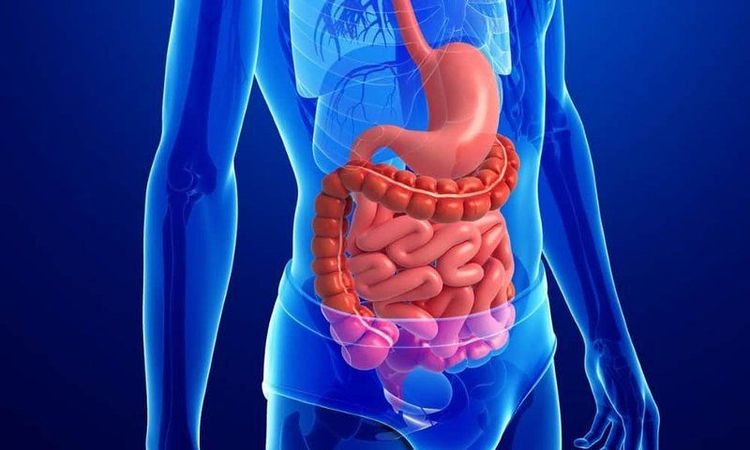
Mở thông hỗng tràng khi đường tiêu hóa của người bệnh vẫn hoạt động bình thường
2. Indications/Contraindications for percutaneous jejunostomy under x-ray enhancement in which cases?
Percutaneous jejunostomy under x-ray is indicated for the following cases:
● Neurological diseases such as brain degeneration, Alzheimer's, cerebrovascular accident, toxic nerve causes swallowing disorder , or the inability to eat due to a mental disorder .
● Body exhaustion due to terminal illness of some diseases such as congenital heart disease, brain death, hydrocephalus.
● The way to swallow food is obstructed by a large tumor in the neck, esophagus, and mediastinum.
● Chronic inflammatory bowel diseases, inflammation of the small intestine after radiation therapy cause secondary malabsorption.
Percutaneous jejunostomy under enhanced x-ray is not indicated in the following cases:
● Previous gastrectomy (partial) or gastric bypass surgery.
● Previously had colon surgery for a transverse variation between the anterior abdominal wall and the stomach.
Have gastric varices or portal hypertension.
● The epigastrium is inflamed or infected, and the abdominal cavity contains a lot of free fluid.
● Have a severe coagulopathy or require hemodialysis through the peritoneum.
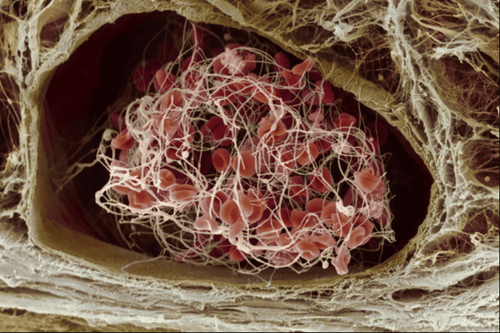
Bệnh nhân bị rối loạn đông máu nặng không được thực hiện kỹ thuật trên
3. Procedure for percutaneous jejunostomy under x-ray luminosity
For about 6 hours before the jejunostomy, the patient is asked to fast and drink, only to drink water with a maximum amount of 50ml. In case the patient is overstimulated, sedation may be prescribed.
The procedure to perform a percutaneous jejunostomy under an enhanced x-ray includes the following specific steps:
● Step 1: Place a jejunostomy tube in the nasal passage, under the guidance of an enhanced radiograph.
● Step 2: Dilate the jejunum by inflating air into the nasogastric tube that has been placed 50ml continuously. Then, take medication to reduce jejunal motility. Povidone iodine solution is used to disinfect the abdominal wall skin, then cover the abdominal wall with a sterile perforated towel.
● Step 3: Locate the gastric bypass and conduct local anesthesia layer by layer. Use a needle to poke the jejunum through the abdominal wall. When the needle tip is inside the jejunum lumen, proceed to insert the barrel inside the needle, in the barrel there is a T-fastener. Using a syringe with physiological saline to push T-fastener into the stomach. Do the same with the T-fasteners to suture the jejunum in front of the abdominal wall in a triangular pattern.
● Step 4: Open the jejunum by making a central incision of the jejunal suspensory T-fasteners, then using a needle to poke the jejunal lumen, through the incision. Through the needle, a wire is inserted into the lumen of the jejunum. Then, withdraw the needle and pass the dilatations through the wire one by one.
● Step 5: Insert the jejunal catheter by threading the tube through the wire. Then, use a balloon inflater to secure the tip of the catheter. Withdraw the lead, and use the T-fastener's buckle and thread to secure the catheter to the skin surface of the anterior abdominal wall. Use contrast agent to check the position and circulation of the tube before the end of the procedure.
The result of jejunostomy is that the inner end of the catheter must lie in the lumen of the jejunum. The inner and outer ends of the catheter are fixed, ensuring the tube is circulated when injecting drugs into the jejunal lumen.
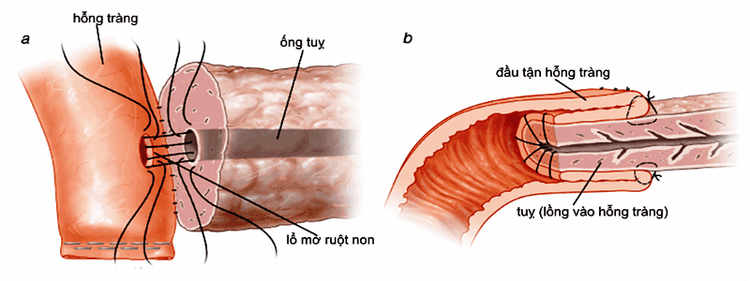
Ống thông phải được nằm cố định trong lòng của hỗng tràng
4. Management of possible complications after jejunostomy
Below are some possible complications and how to manage when performing jejunostomy:
● Infection, inflammation of the catheter: Use an acid neutralizing solution to wash the wound regularly. If signs of infection occur, the patient should be disinfected and treated with topical antibiotics.
● The jejunal catheter slipped: Perform surgery to reopen the patient.
● Gastrointestinal bleeding: Depending on the extent and condition of the bleeding, the patient may need surgery to stop the bleeding.
● Intestinal perforation, peritonitis, sepsis: The specialist conducts consultation to assess and treat appropriately.
Procedure to perform percutaneous jejunostomy under enhanced x-ray includes 5 steps. The result of the procedure helps the patient to absorb food directly in the gastrointestinal tract, not through the usual oral route, due to a number of diseases and many other causes.
Percutaneous jejunostomy under X-ray is a nurturing method that has many advantages such as: improved treatment results, low cost and reduced many unpredictable complications. When being prescribed this method of feeding, the patient needs to cooperate well with the treating doctor.
For detailed advice on this method, please come directly to Vinmec Health System or book an online examination HERE.





